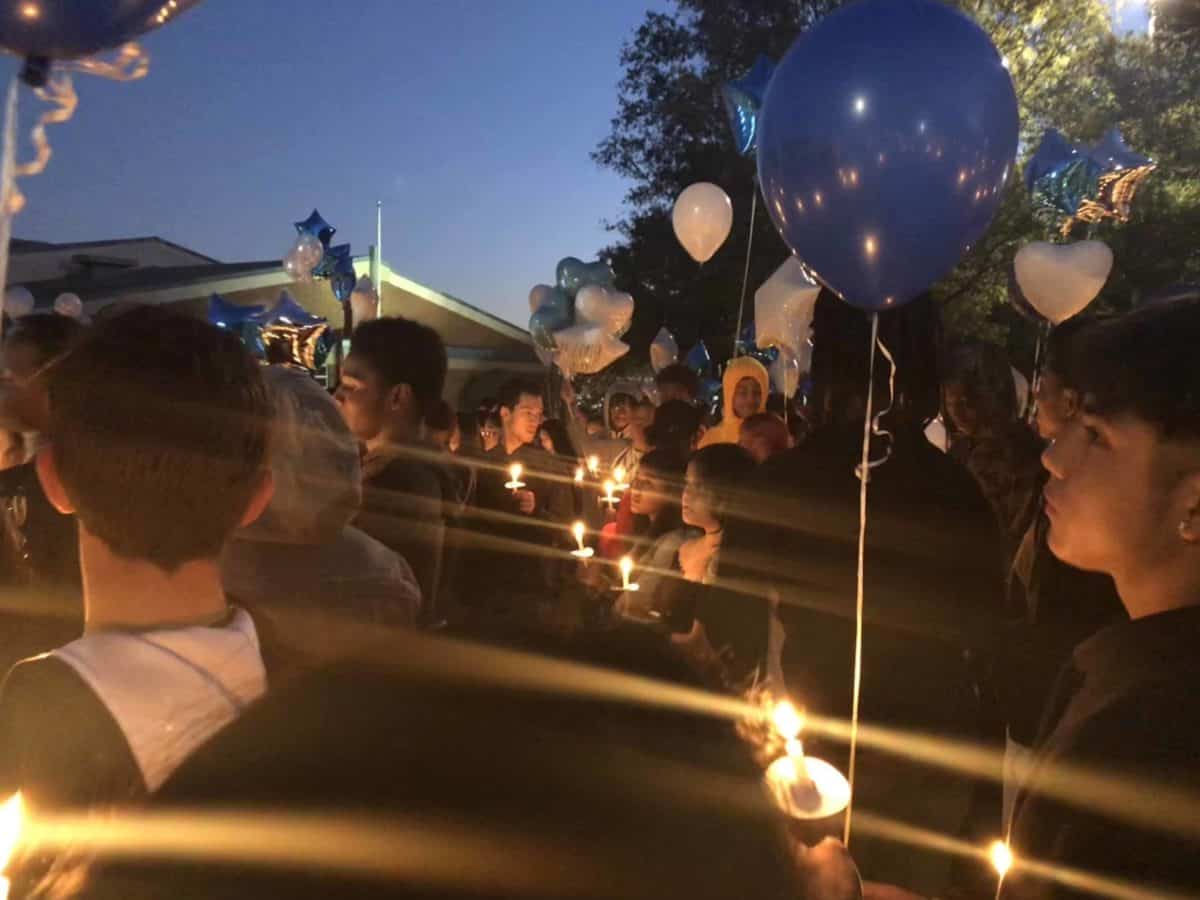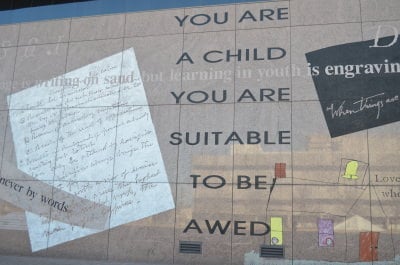
Share this story
- At a recent legislative committee, lawmakers heard about the lack of school safety plans in districts around the state. But district and state leaders say they do have plans. Learn more about the complicated state of school safety plans in North Carolina.
- “I don’t believe any of our schools don’t have [a school safety plan]. I believe they have a plan. I just know that they are not all in the system," said Karen Fairley, director of the Center for Safer Schools.
Headlines from a legislative committee a few weeks ago were about a lack of safety plans at schools around the state. But according to district and state leaders, schools do have some kind of safety plan, though not always plans that the state has in its systems.
The presentation in early June by Karen Fairley, director of the Center for Safer Schools at the North Carolina Department of Public Instruction, included the fact that there have been 431 reports of planned school attacks since August 2021 and that 254 of them were considered credible. She also reported that nearly one-third of the state’s schools have not yet submitted a School Risk Management Plan (SRMP), which is required by law. And of those who had submitted a plan, only 5% were deemed acceptable.
But additional context is important here.
For starters, as part of every school’s school improvement plan, a school safety plan is necessary. And that is different than the SRMPs Fairley was telling legislators about.
In a follow-up interview, Fairley said that she believes nearly every school in the state has a safety plan.
“I never said, ‘Oh they don’t have safety plans,'” she said. “I said ‘We don’t have them in the system.'”
That system is where SRMPs come into play. Fairley said that back in 2015, the state emergency response application went into effect and required schools to put schematics of their buildings into the system. Once those schematics were uploaded, an SRMP would be opened. The plan basically lays out what a school would do in the event of an emergency.
“What do I do in the event of a tornado? What do I do if my school is near a chemical plant and there is a spill at the chemical plant?” she said, adding: “The School Risk Management Plan is for more than just an active shooter.”
But Tim Locklair, superintendent of Moore County Schools, said that while he and other superintendents were aware of SRMPs, they were never told that there was a deadline or even a requirement to turn something in.
“From our perspective, we have not been communicated and given any information at all,” he said.
Locklair said that, as part of his district’s school safety plans, schematics are already shared with local law enforcement, and that the district and schools work closely on school safety with both law enforcement and other community organizations, in addition to the local Department of Public Safety.
He said he was surprised when he read media reports about the legislative committee where the information about school safety was shared.
“It raised our concern,” he said. “We wanted to make sure the public knew and the state legislature and the parents just how seriously we take school safety.”
Sign up for the EdDaily to start each weekday with the top education news.
Locklair also said it was confusing that there would be two separate school safety-related requirements for schools.
“I would think it would make sense that there is one plan that serves both purposes,” he said.
And Fairley said it’s possible that one plan does serve both purposes. Fulfilling the requirement could be as simple as just uploading the already-developed school safety plan into the system. There are some minimum requirements that may require districts to do additional work, but getting the plans they already have uploaded is a good start, she said.
Tony Jackson, superintendent of Chatham County Schools, echoed Locklair’s sentiments about district planning for school safety. He said his district has robust safety plans that loop in law enforcement and provide them with building schematics. And they are reviewed regularly.
“For us, it’s an ongoing process,” he said. “We don’t just wait until there’s an incident. We’re always refining and updating our processes.”
He said he heard from his staff that uploading plans to the SRMP system has proven difficult.
“What my folks are telling me is there have been some stumbles,” he said. “I know that our folk have tried and have not been successful.”
Fairley said that some of the miscommunication may stem from the fact that around the time the 2015 requirement went into effect, there was turnover of staff overseeing the system.
“The person who was at DPS [Department of Public Safety] who kind of set up that system retired, and to be quite honest I think that’s where the fallout went,” she said.
But, Fairley said that in June 2021, her staff began sending out messages to district safety directors saying that they needed to work on this. In addition, that summer the requirement was also mentioned at a school safety summit. In addition, there were quarterly safety director meetings where the issue was discussed, as well as numerous emails that were sent out.
In January, she said the Center for Safer Schools and DPS decided to offer free training, because they had heard about some of the issues people were having uploading plans.
Training was offered every Monday and Tuesday online from January through March, and then in March, the training was offered Monday, Tuesdays, and Wednesdays. The meetings were recorded and sent to attendees.
“I don’t believe any of our schools don’t have [a school safety plan]. I believe they have a plan. I just know that they are not all in the system,” she said. “I want the plans to be in the system so they can be in compliance.”
She said she understands that there was a breakdown in communication. That’s why in 2021 she and other staff started working to help districts get their plans into the system.
Most of the contact from the state on the issue has previously been with safety directors in school districts. Fairley said it’s possible that there has been a breakdown in communication between district safety directors and their superintendents on the issue, but she doesn’t know for sure. It’s also possible that turnover among school safety directors contributed to the communication problem.
“Schools have a lot to deal with, and we’re empathetic to that. We really are,” she said. “I don’t know where the breakdown is.”
Sign up for the EdWeekly, a Friday roundup of the most important education news of the week.
But she is making efforts to try to improve communication with superintendents. There is a back-to-school safety conference Aug. 1-5 in Greensboro, and she said the Center for Safer Schools and DPS are going to try there to figure out “who has what.”
She said if her staff has to offer trainings again, that is fine with her. She also said that she and her staff will start following up with district superintendents on the issue after they initially communicate with district safety directors.
But she wants to be clear about district efforts to keep kids safe.
“I believe that schools are doing a great job in safety, and I would never say that they don’t have safety plans,” she said.
Jackson wanted to reiterate that point, too.
“I want everyone to understand that safety is never an afterthought for school leaders,” he said. “There is nothing more important than us being able to return students every day in the same shape or better than their parents dropped them off to us.”
Recommended reading



